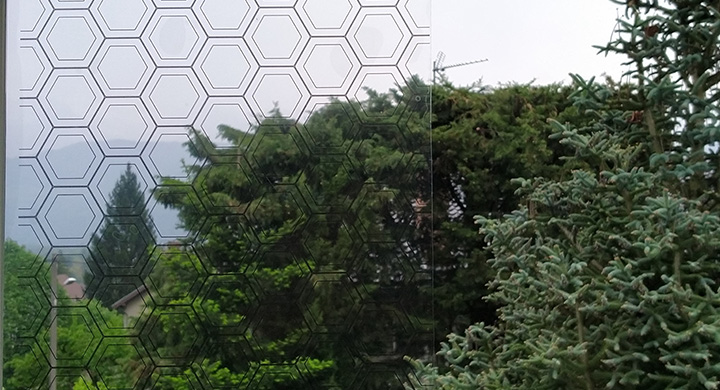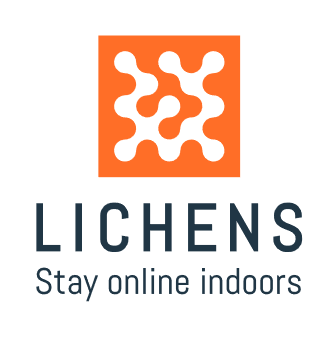Plastic film for better network reception in buildings
Launched in March 2021 after incubation at SATT Linksium, the Lichens start-up uses a process from IMEP-LAHC* to improve telephone network signal reception in buildings, without losing thermal insulation quality.





